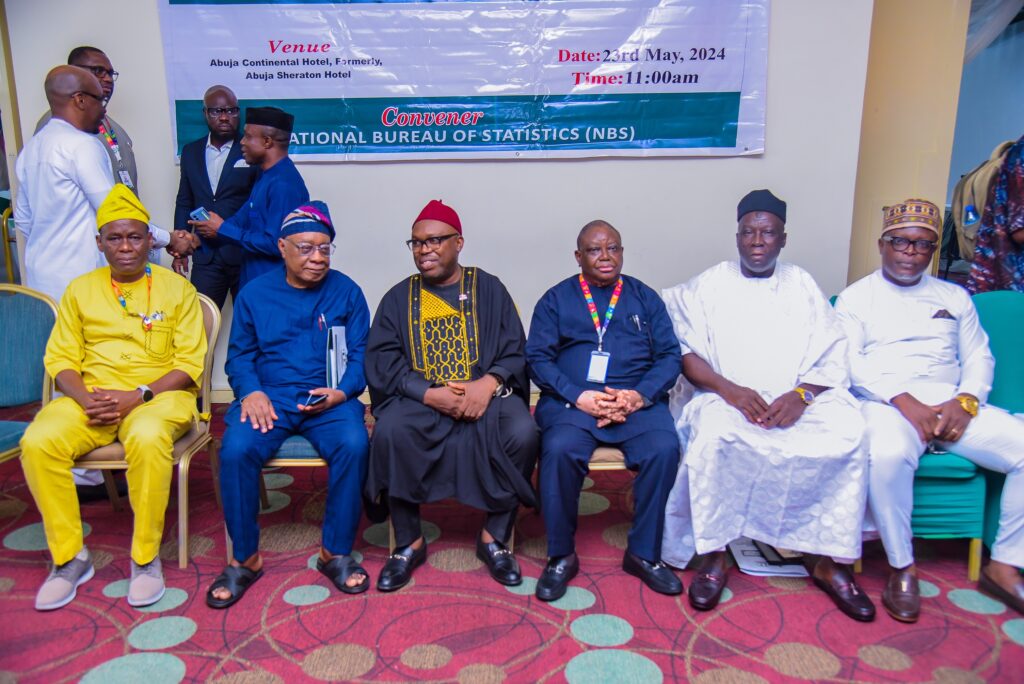Nigeria’s unemployment rate has experienced a notable increase, rising to 5.3% in the first quarter of 2024, up from 5.0% in the third quarter of 2023. This revelation comes from the latest report published by the National Bureau of Statistics (NBS), which provides an overview of the country’s labor market conditions.
The findings are part of the 2023 Annual and Q1 2024 Nigeria Labour Force Survey (NLFS), which was released on Tuesday. The report highlights a disparity in unemployment rates between urban and rural areas, with urban unemployment reaching 6.0% and rural unemployment recorded at 4.3%. Over the full year of 2023, the overall unemployment rate was reported at 5.4%, indicating a slight uptick in the first quarter of 2024.
State-level unemployment disparities are significant, with Abia State experiencing the highest unemployment rate at an alarming 18.7%, while Nasarawa State reported the lowest rate at just 0.5%. These figures underscore the varying economic challenges faced across different regions of the country.

In terms of the working-age population, the survey found that the total reached 116.6 million in 2023, with a labor force participation rate of 76.3%. The employed population stood at 84.1 million, and interestingly, the employment-to-population ratio was notably higher in rural areas, at 77.3%, compared to 68.7% in urban centers.
The report further states, “In Q1 2024, the labour force participation rate among the working-age population declined to 77.3% in Q1 2024, from 79.5% in Q3 2023.” This decline suggests a decrease in the number of individuals actively seeking work.
The employment-to-population ratio also saw a decline, measured at 73.2% in Q1 2024, down by 2.4 percentage points from the 75.6% reported in Q3 2023. Urban areas reported an employment-to-population ratio of 69.5%, while rural areas were at 78.9% in the same quarter. This reflects a decline from 71.1% in urban areas and 80.7% in rural areas during Q3 2023.
In terms of wage employment, there has been a positive trend, as noted in the report: “The proportion of workers in wage employment rose to 16.0% in Q1 2024, a 3.3 percentage point increase from 12.7% in Q3 2023.”

When analyzed by gender, the data shows that 20.1% of males were engaged in wage employment compared to 12.1% of females. Additionally, wage employment was more prevalent in urban areas, standing at 21.8%, whereas rural areas recorded a much lower rate of 8.1%.
The report highlights a concerning increase in the overall unemployment rate, which has now reached 5.3% in Q1 2024, an increase from the previous 5.0% in Q3 2023. Urban areas have been particularly affected, with unemployment rates at 6.0%, while rural areas fared slightly better at 4.3%.
When examining unemployment rates based on educational attainment, the report reveals stark differences: “The unemployment rate among persons with post-graduate education was 2.0%, 9.0% among those with post-secondary education, 6.9% for those with secondary education, and 4.0% among those with primary education in Q1 2024.” These figures indicate that higher levels of education correlate with lower unemployment rates.
Youth unemployment remains a pressing issue, with the unemployment rate among individuals aged 15 to 24 recorded at 8.4% in Q1 2024. This figure reflects a slight decrease of 0.2% compared to the 8.6% reported in Q3 2023.
Moreover, the survey indicates that time-related underemployment was at 10.6% in Q1 2024, demonstrating a decrease of 1.7% from the 12.3% reported in the previous quarter. However, there has been a rise in the youth not in education, employment, or training (NEET rate), which stood at 14.4% in Q1 2024, a 0.7 percentage point increase from 13.7% in Q3 2023. Notably, the NEET rate among females was higher at 15.9%, compared to 13.0% for males.
On a broader scale, the report also includes insights into the working hours of employed Nigerians. It notes that nationally, 1.5% of employed individuals worked between 1-9 hours in a week, while 4.8% worked between 10-19 hours. Approximately 25% of workers were employed for 20-39 hours, and 22% for 40-48 hours, while a significant 46% worked over 48 hours in a week.
Overall, these findings paint a complex picture of Nigeria’s labor market, highlighting both challenges and areas for potential improvement in employment practices and economic conditions.


































